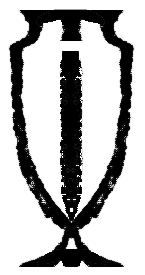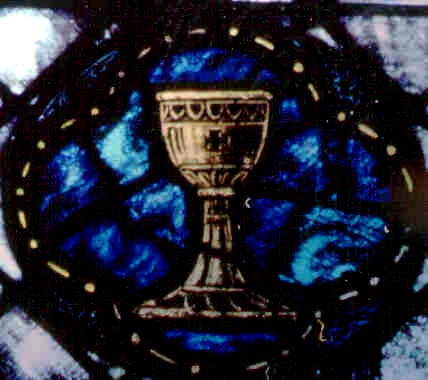 During this Lenten season leading up to Garden Thursday, let’s discuss one of our key symbols in Unitarian Reform: the chalice.
During this Lenten season leading up to Garden Thursday, let’s discuss one of our key symbols in Unitarian Reform: the chalice.
Now, the flaming chalice is known as a symbolism of post-Christian “Unitarianism” (absent the Unitarian meaning) with origins in the oil-burning lamps in Greek and Roman ritual.
For AUR, however, the chalice is the Cup of Gethsemane: the image Jesus used to symbolize the suffering of material existence, the worst of which he was about to suffer himself.
The Divine Vessel
With the controversy over Dan Brown’s novel The Da Vinci Code, and Ron Howard’s subsequent film version, the world is fully aware of the debate about whether the “Holy Grail” was the cup of the Last Supper mentioned in the Gospel of Matthew 26:27, Gospel of Mark 14:23, and Gospel of Luke 22:20, or was actually Mary Magdalene in her purported role as wife to Jesus and mother of his child or children.
But, does this debate really mean anything for the spiritual truth of Jesus’ last days, or are both sides materialist distractions from the real message? If we speak of a Divine Vessel, are either the womb of Mary or the chalice of the Last Supper up to the task?
The spiritually important cup of Jesus’ final days was neither the physical cup passed around the table at the Last Supper, nor the symbolic vessel of Mary Magdalene’s maternity even if she actually were his child-bearing wife.
 The cup of Gethsemane, the cup of ultimate sacrifice which Jesus in prayer asks to be taken away — but then immediately accepts with “nevertheless, Thy will be done” — is the true Divine Vessel. Appropriate to one who taught by way of parables, it is a metaphorical cup pointing to the spiritual reality that underlies our material world.
The cup of Gethsemane, the cup of ultimate sacrifice which Jesus in prayer asks to be taken away — but then immediately accepts with “nevertheless, Thy will be done” — is the true Divine Vessel. Appropriate to one who taught by way of parables, it is a metaphorical cup pointing to the spiritual reality that underlies our material world.
The Divine Vessel holds not a dram of substitutional wine nor the seed of a royal bloodline, but the absolute surrender of the personal will to the Divine — in the case of Jesus, the surrender of the Son of Mary to the Son of God.
For this reason, AUR reveres the symbol of the chalice as a metaphor of the surrender of the true believer to the reality of our condition of suffering as creatures in this material world, a surrender that Jesus Christ provided in glorious example in the Garden of Gethsemane.
